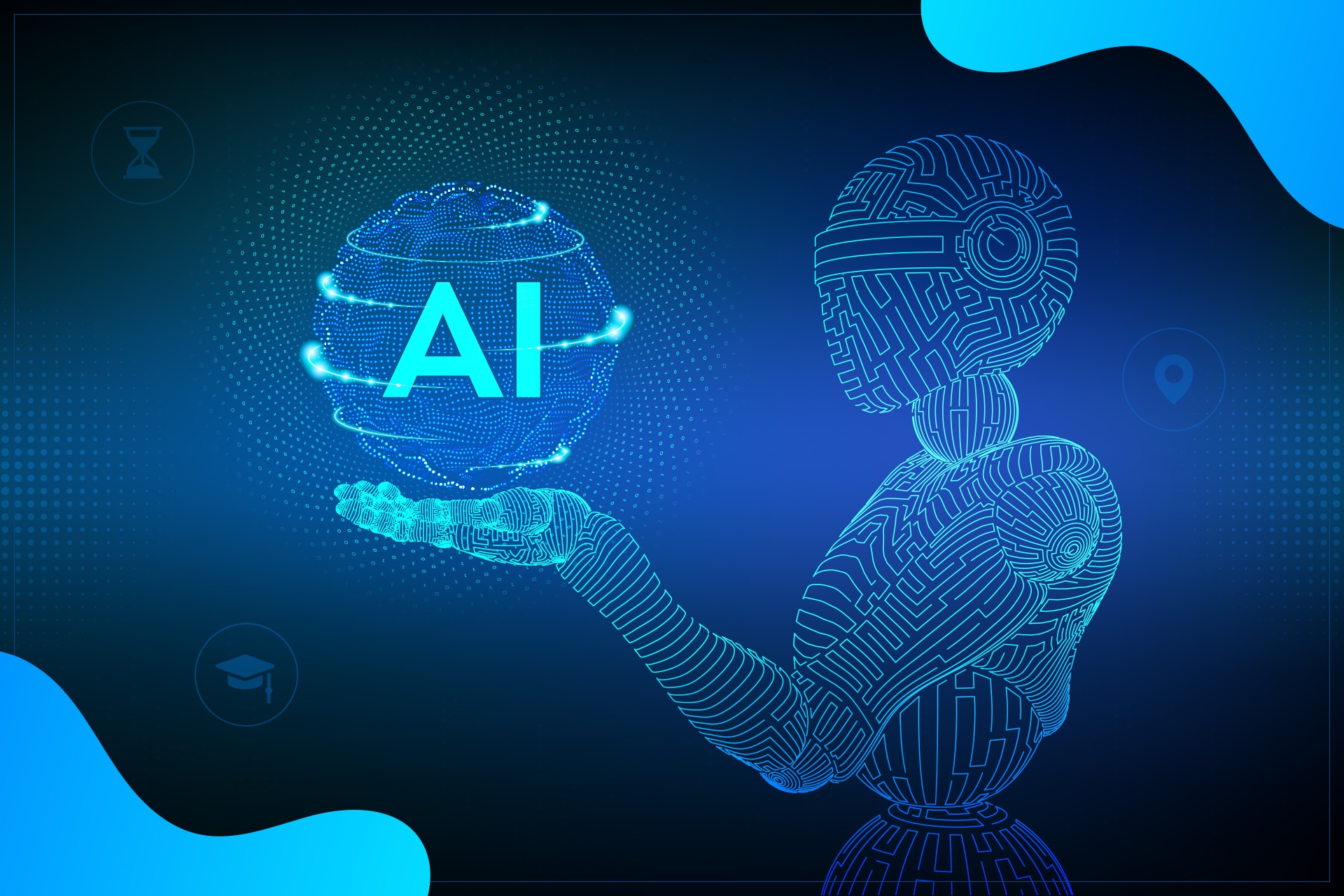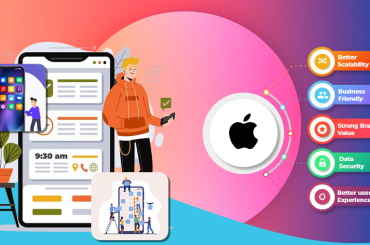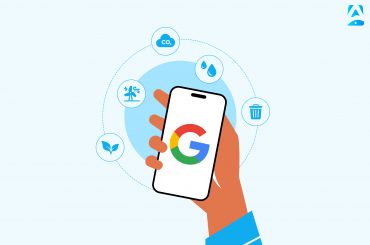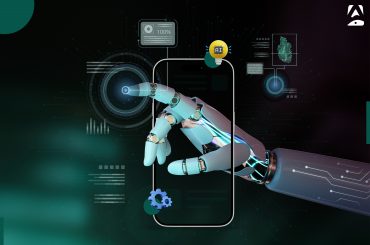Artificial intelligence, or “AI,” is the development of computer systems capable of doing activities that historically call for human intellect, like speech recognition, image recognition, and decision-making. Creating algorithms and computer programs with AI capabilities makes it possible to learn from data and experiences and adapt to changing circumstances. Computer vision, robotics, machine learning, and natural language processing are some crucial branches of AI. The banking, transportation, and healthcare sectors are just a few of the ones that AI has the potential to transform. AI is rapidly developing.
How will AI transform the Education Industry?
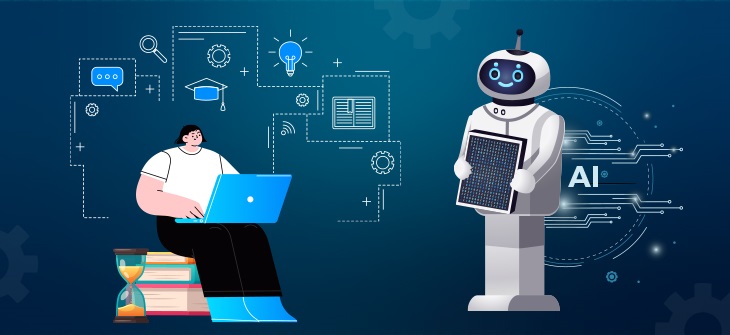
Education uses of artificial intelligence go beyond science fiction. The condition of education today is significantly influenced by AI, which can change how our educational system functions, boost institutional competitiveness, and empower instructors and students of all backgrounds and abilities. In a recent poll commissioned by Microsoft, 99.4% of academics claimed artificial intelligence (AI) would be crucial to their institution’s competitiveness over the next three years, with 15% describing it as a game-changer.
Since 92% of people stated they have begun experimenting with the technology, nearly everyone is also trying to use it. By using AI to fill in the gaps in learning and teaching, schools and teachers can accomplish more than ever before. This will change the way children learn.
Essays and papers can be graded by AI far more quickly than by humans. As a result, teachers will have more time to work with pupils to develop their critical analysis and thinking skills. Additionally, it would enable teachers to concentrate on specific pupils who would gain from their direction.
The education sector could undergo numerous revolutions thanks to artificial intelligence (AI). Here are a few ways artificial intelligence is predicted to change education:
Learning experiences can be made specifically for each student by using AI to examine data on their performance, learning preferences, and backgrounds. By doing this, students can advance at their own rate and get the assistance they require to be successful.
Automated Feedback and Grading: AI can grade papers and give students immediate feedback on their work. In addition to helping students obtain more thorough and targeted feedback on their work, this can also save teachers time.
AI can provide personalized questions during adaptive testing to better gauge students’ comprehension of a subject. This may improve the efficacy and accuracy of testing.
Intelligent tutoring systems: AI can offer kids individualized instruction tailored to each student’s requirements and skills.
Virtual Reality and Simulation: AI-powered virtual reality and simulation technology can offer engaging learning opportunities for students.
Predictive Analytics: AI may forecast student achievement and spot students in danger of falling behind, enabling teachers to offer extra support.
It’s crucial to remember that artificial intelligence (AI) should be utilized to supplement and complement human teaching and learning, not replace it. Teachers are essential in giving students direction, assistance, and a personal connection during the learning process.
AI Benefits for Education
This generation of students spends a lot of time on the move. They favor using their cell phones, tablets, and laptops to complete daily duties. They can learn for ten or fifteen minutes in their leisure time while receiving immediate feedback from teachers or instructors thanks to AI-based applications.
AI programs can adjust to pupils’ knowledge levels, interests, and unique requirements and preferences. With multiple kids to supervise in a regular classroom, teachers need help to differentiate on the level that AI does. AI can help students learn and get feedback that assigns them challenges they can handle, finds knowledge gaps, and switches to other subjects as necessary. Instead of adhering to a set curriculum, students can learn what they need to advance more quickly.
Students with hearing and visual impairments and those who speak other languages can access classrooms with AI-based solutions. For example, a free add-on for PowerPoint, Presentational Translator, generates subtitles for what the teacher says in real time. This may present opportunities for students who cannot attend class due to illness or need to take courses in subjects not offered at their current institution. AI can assist in removing obstacles and making education available to all pupils.
Thanks to artificial intelligence, programs for tutoring and studying are becoming more sophisticated than ever. AI-based solutions enable virtual mentors to monitor students’ progress in real time and provide immediate feedback. This eliminates the need for students to wait several days for teacher input. Instead, employees may be more effective and productive while receiving rapid feedback electronically.
Read Also – Factors Affecting the Cost of App Development for Education
How can AI be used in Education?
While recognizing the advantages of AI in education is simple, knowing how to integrate it into educational platforms guarantees that students and teachers can utilize AI rather than viewing it as a futuristic technology to which they will never have access.
Software Development for Speech Recognition
For students and professors, AI can be utilized to develop speech recognition software with various features. The use of technology can aid students who have difficulty writing or have restricted mobility by transcribing words. Speech recognition software significantly improves word recognition and spelling, which greatly eases the workload for students.
Speech recognition software significantly improves word recognition and spelling, which greatly eases the workload for students. Additionally, lecturers can use it to speed up time-consuming chores like document and email recognition and dictate lectures for later use.
AI can make it easier to develop adaptive learning technology that finds knowledge gaps in students, assigns pertinent material, and gets them back on track. To provide students with the most excellent support possible, AI can help tailor final exams and in-class assignments to their specific needs. For example, the ability to scan and interpret student facial expressions may be attainable as artificial intelligence advances in sophistication. In addition, the lesson may be changed based on their needs if the program determines that they need to be more content or happy with what they are learning.
The term “smart content” refers to various digital educational resources created using AI, such as digitized textbooks and adaptable learning interfaces that make studying more straightforward and enjoyable for students.
AI, for instance, can assist in distributing and deconstructing textbook material into an intelligent study guide that contains chapter summaries, practice exams, and flashcards. Similarly, AI can offer tutors a tailored cloud platform for learning where they may create adaptable learning systems with apps, simulations, virtual courses, self-assessments, video conferences, and other resources for students that support interactive learning.
Students participating in game-based learning activities are more likely to be interested and motivated to learn. Educational institutions can gamify their curricula in a variety of ways with the aid of AI. A platform for tournaments where students compete against one another to complete activities or a rewards system where students receive badges and experience points for completing tasks and rising up the “mastery” levels are two examples. If students are given a cause to learn and develop, they will be motivated to be active learners and retain more material. Since they will no longer view studying as a chore but as something to be enjoyed, they will be better able to participate in and perform well in school.
Advantages of AI
AI has a wide range of benefits, including:
⦁ Efficiency and productivity gains across a range of industries and jobs
⦁ Increased precision and accuracy in making decisions and addressing problems
⦁ Improved customer experiences through individualized suggestions and assistance
⦁ Improved and more focused advertising and marketing efforts
⦁ Automating tedious, time-consuming processes allows for more creative and strategic work.
⦁ Increased safety in sectors including manufacturing and transportation
⦁ Increased voice assistant and chatbot accessibility to information and services
⦁ Healthcare improvements include quicker, more accurate diagnostics and individualized therapies.
Artificial Intelligence Types:
Artificial intelligence can be arranged in various ways depending on its stage of development or the tasks being carried out.
For instance, it is good knowledge that AI development occurs in four stages.
Reactive machines are AI with constrained abilities that only react to different inputs following pre-established rules. In addition, it lacks memory, which prevents it from absorbing new knowledge. IBM’s Deep Blue, which in 1997 defeated world chess champion Garry Kasparov, is an example of a reactive machine.
Most contemporary AI is thought to have limited memory. However, by being trained with new data over time, generally using an artificial neural network or another training model, it can use memory to get better. Deep learning, a subtype of machine learning, is regarded as artificial intelligence with restricted memory.
Mental Models: Although AI is not yet a reality, research into its potential is ongoing. It depicts AI with decision-making abilities comparable to a human’s, including the ability to recognize and remember emotions and respond in social settings the same way a person would.
Being self-aware goes beyond the theory of mind. Self-aware AI, sometimes known as AI, refers to a hypothetical machine with a person’s mental and emotional capacities and awareness of its existence. Self-aware AI is a theoretical concept that has yet to be created.
By what the machine is capable of, varieties of artificial intelligence can be more extensively categorized. All of the technology we now refer to as artificial intelligence is referred to as artificial “narrow” intelligence since it can only carry out a limited set of tasks thanks to its programming and training. For example, an AI algorithm employed for object classification won’t be able to process natural language. Google Search, predictive analytics, and virtual assistants are examples of narrow AI.

